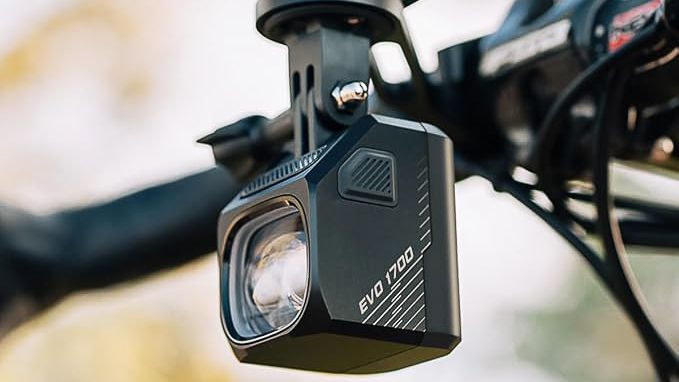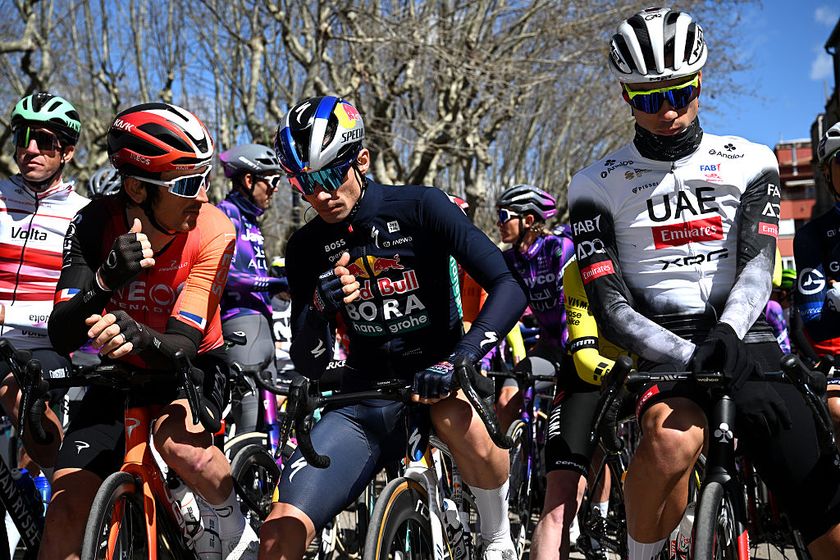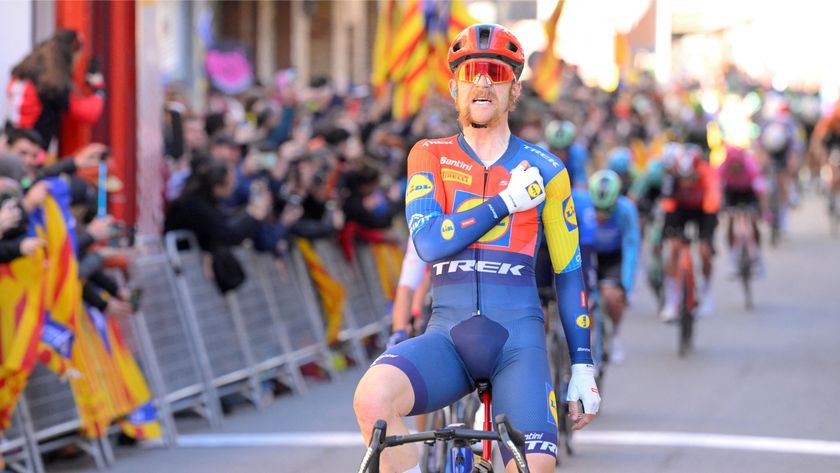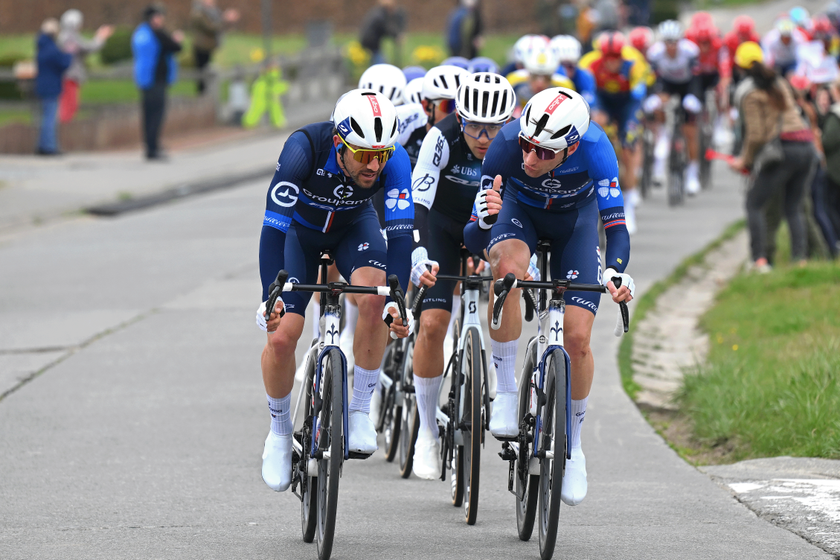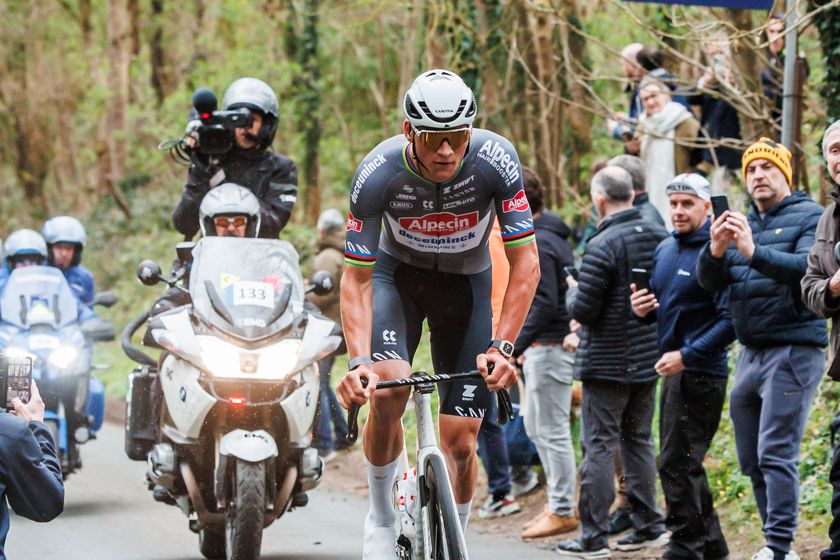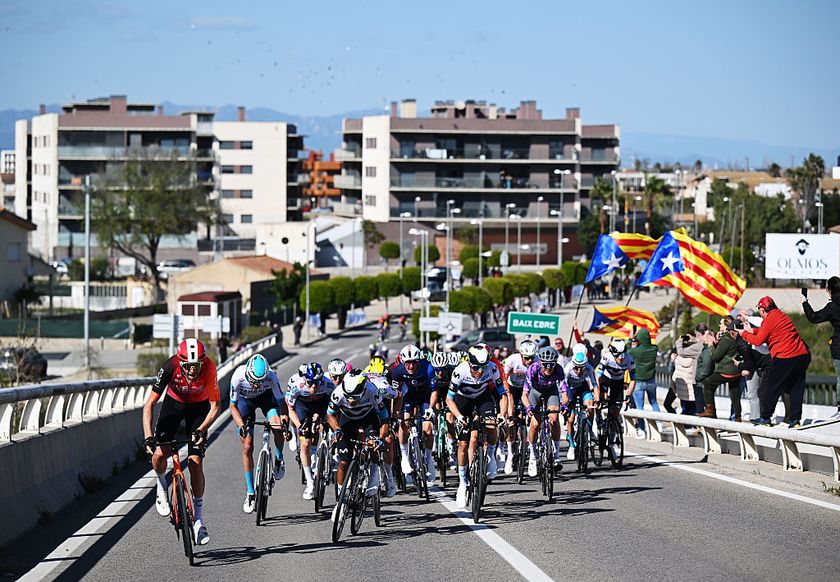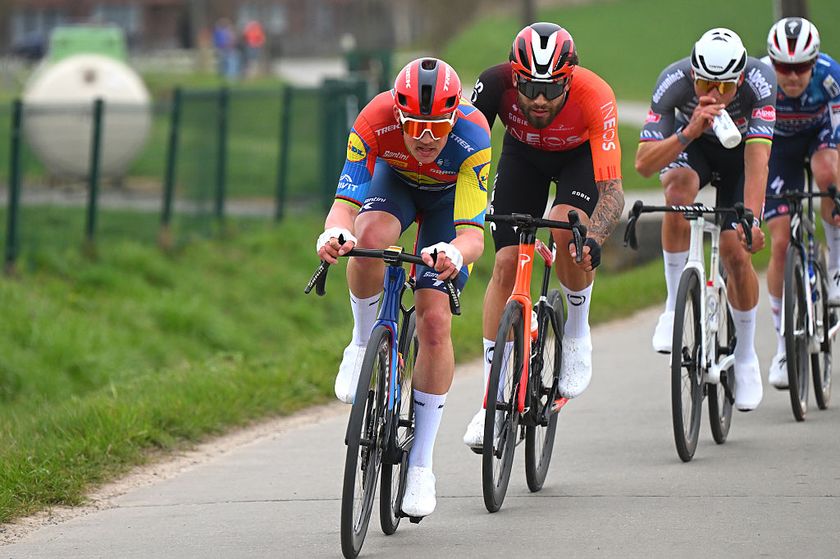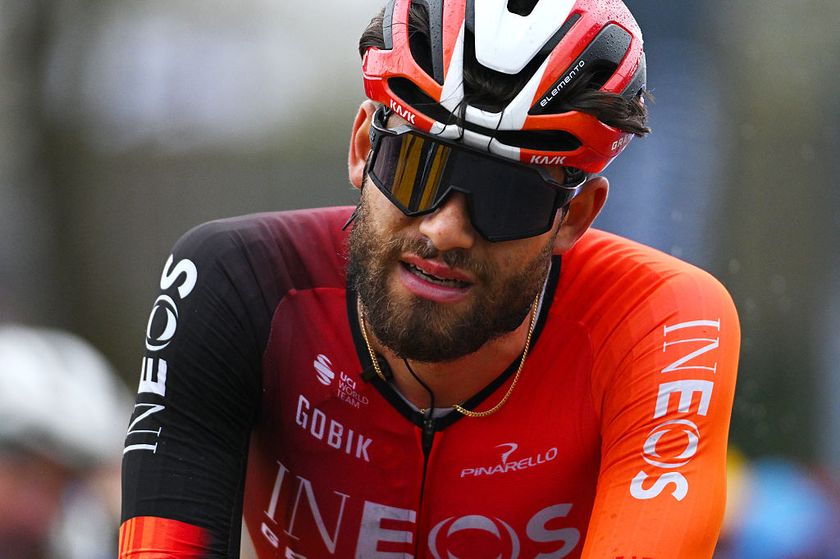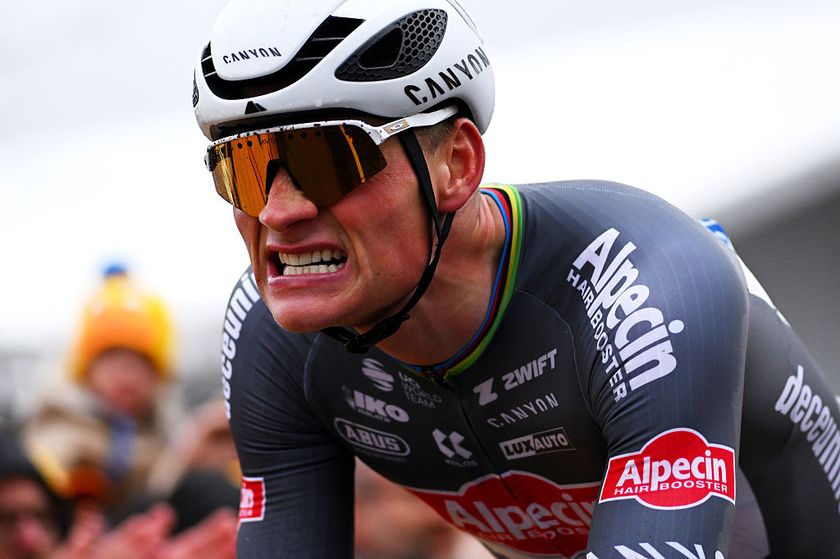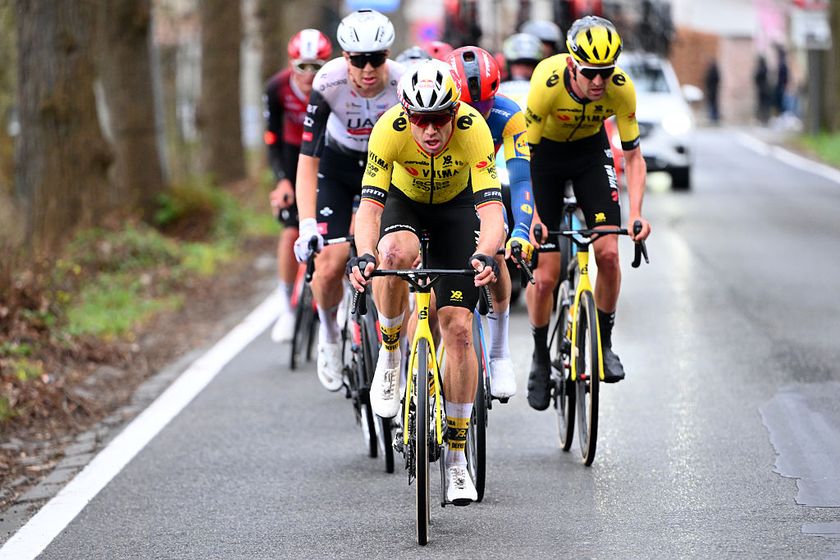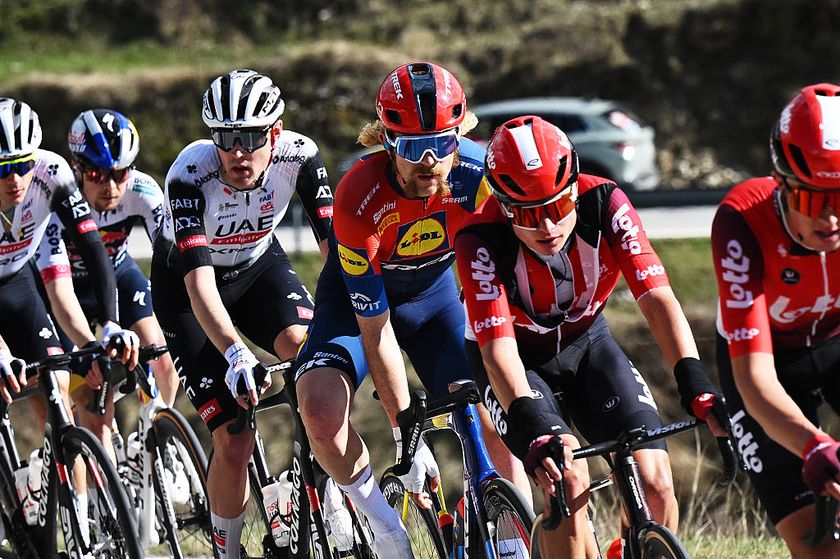León Sanchez is ready for the Vuelta
By Antonio J. Salmerón After training in the Alps, Luis León Sánchez arrived at the Deutschland Tour...
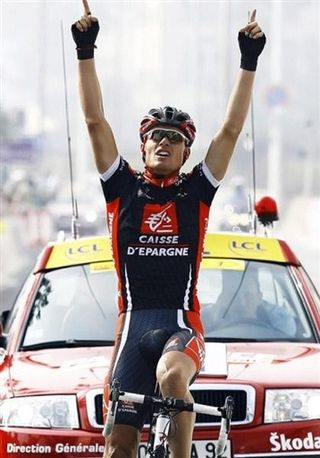
By Antonio J. Salmerón
After training in the Alps, Luis León Sánchez arrived at the Deutschland Tour as Caisse d'Epargne leader, but it was David López who assumed that role when prevailing in the 'queen' stage, when the rider of Mula in the Murcia region lost contact with the lead group. "I let go of the group when the road got steeper again, but I didn't want to suffer rather than recuperate the good sensations in competition; this is what happened and therefore, I am very satisfied with my condition," Luis León Sánchez evaluated for Cyclingnews.
His start at the Vuelta a España is all but reality, according to Directeur Sportif Eusebio Unzúe, who decided to leave out the young and promising sprinter, Jose Joaquin Rojas. Rojas declared to Cyclingnews that he accepted the decision with "resignation, because I have demonstrated that I am in very good condition to compete in the Vuelta a España." Rojas assured to have overcome the disappointment of being left out of the Vuelta "with the optimism of the recent good results," and he hopes that he can continue to do well in his races all the way through October.
For León Sánchez it was "not a surprise to be in the Vuelta," and added that "given the route, I hope that it will be a very good occasion for me to do as well as possible." The 24 year-old didn't like the lack of time trialing kilometres, "mainly the one of Villalba [penultimate stage - ed.]," which is only 25 kilometres long. The first race against the clock between Cariñena and Zaragoza in stage eight measures 49 kilometres in length.
It is the mountains that really worry him. The arrival on the top of the Lagos de Covadonga, in stage four after 182 kilometres, is preceded by two category three climbs, the Alto de la Falla de los Lobos and the Alto de la Llama, and can be first decision maker between the favourites. "I do not know this climb [to the finish], but I know that, although it is a tender slope, the section of the 'huesera' is very demanding, and that in the end there can be [some time gaps]."
Between Huesca and Cerler it's the continuation of the high mountains, "but perhaps not as demanding as in previous editions", Luis Leon Sanchez, emphasized. During 174 kilometres two second category climbs are in the way, the Serrablo and the Foradada, before the final ascent to the ski resort of Cerler, an HC climb.
"In this stage, it will be necessary to go steady, because the following day ends on top of the Ordino Arcalis climb, which I already know from the Vuelta a Cataluña, where I lost around a minute to the favourites."
Get The Leadout Newsletter
The latest race content, interviews, features, reviews and expert buying guides, direct to your inbox!
In Cerler, Roberto Laiseka took a solo win in 2005. Ordino will mark the highest point of this year's edition, at 2,220 metres of altitude. The last three times up to Ordino the winners were Roberto Laiseka (2000), Jose Maria Jiménez (2001 in a race against the clock) and Francisco Mancebo (2005). Finally, León Sánchez emphasized the trickiness of the stage which finishes in Granada and that passes by the Alto de Monachil. This is where his team-mate Alejandro Valverde lost the leadership in 2006.
